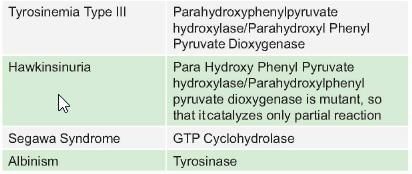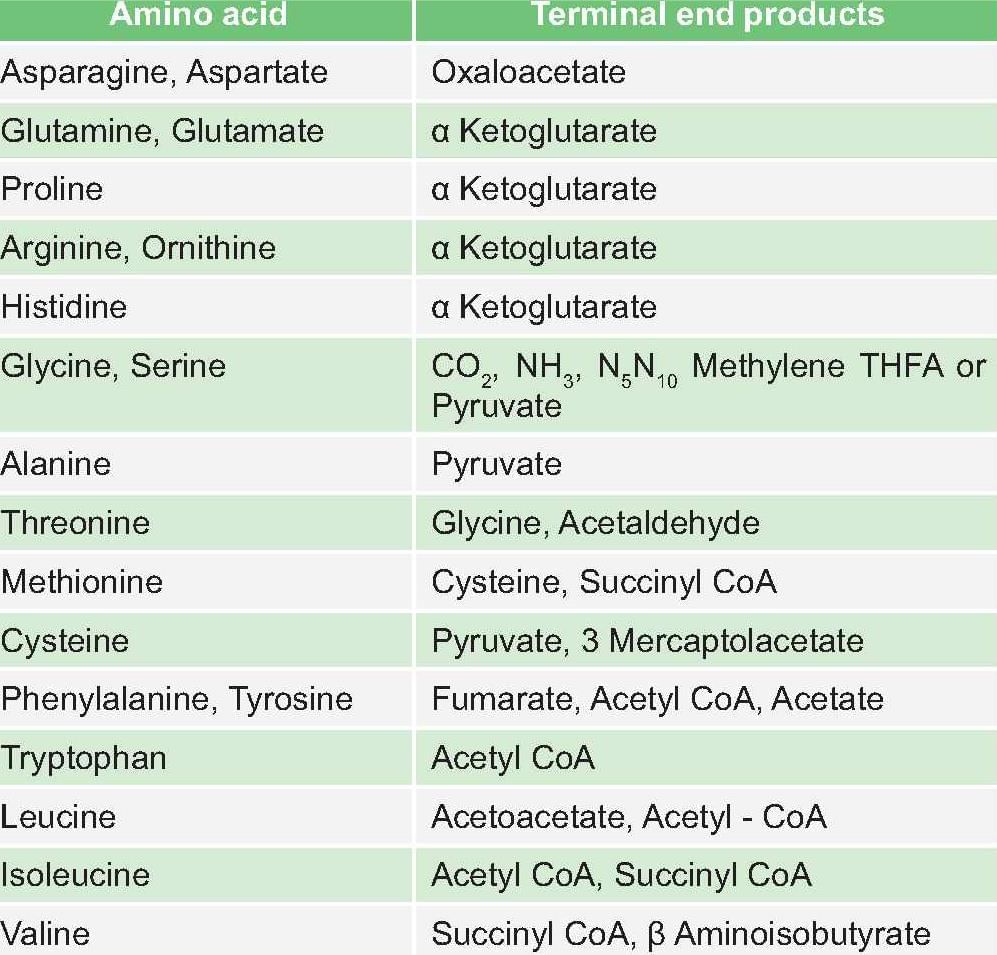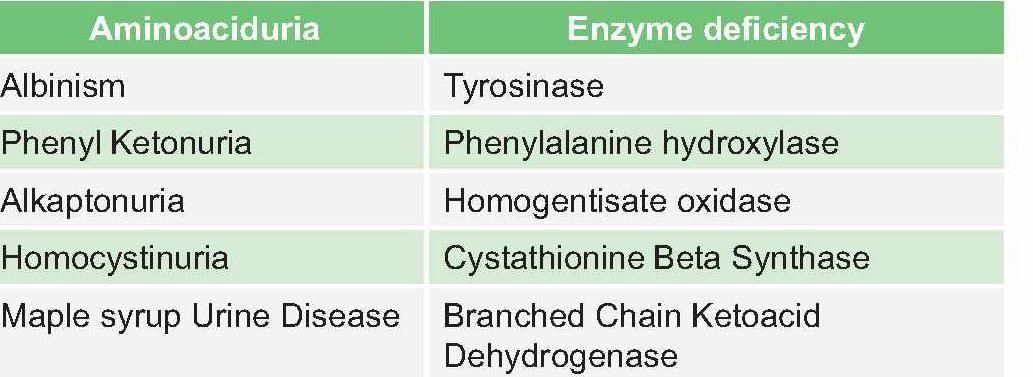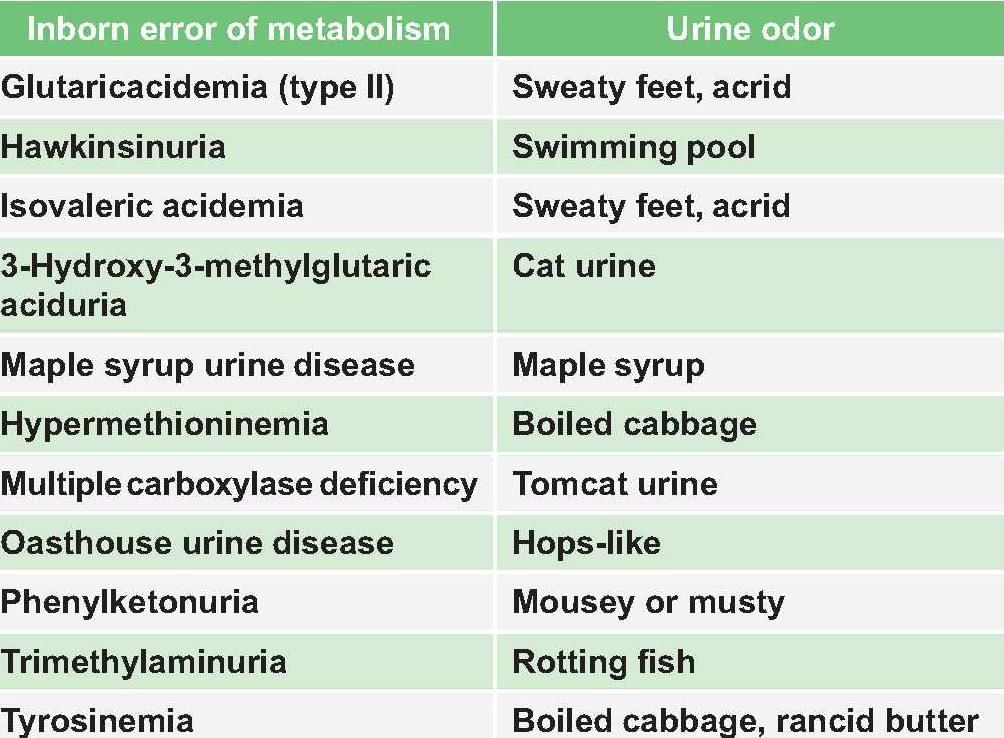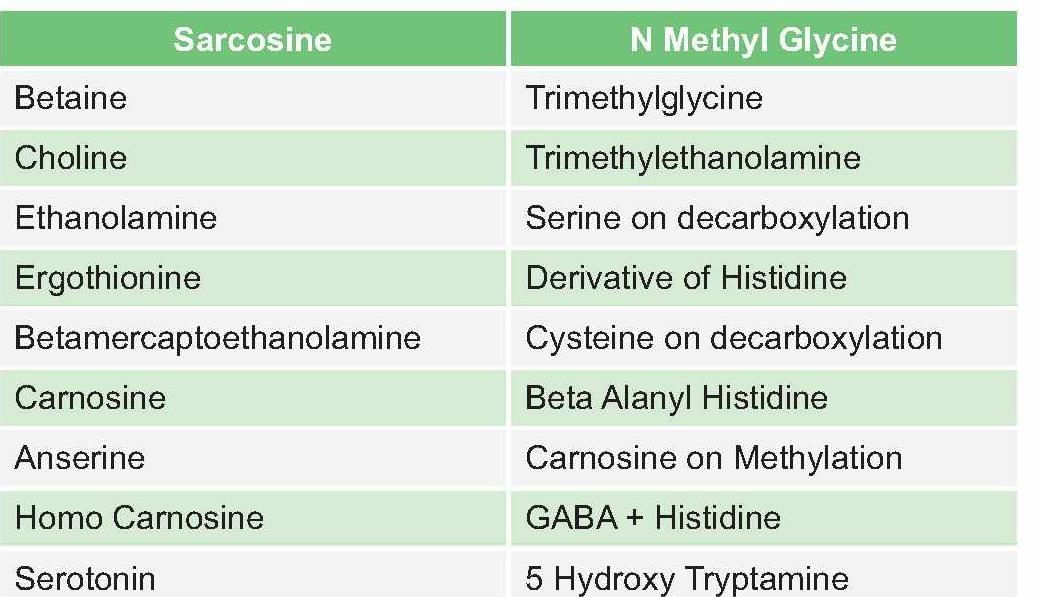NEET PG Exam > NEET PG Tests > Test: Chemistry and Metabolism of Amino Acids- 3 - NEET PG MCQ
Test: Chemistry and Metabolism of Amino Acids- 3 - NEET PG MCQ
Test Description
25 Questions MCQ Test - Test: Chemistry and Metabolism of Amino Acids- 3
Test: Chemistry and Metabolism of Amino Acids- 3 for NEET PG 2025 is part of NEET PG preparation. The Test: Chemistry and Metabolism of Amino Acids- 3 questions and answers have been prepared
according to the NEET PG exam syllabus.The Test: Chemistry and Metabolism of Amino Acids- 3 MCQs are made for NEET PG 2025 Exam.
Find important definitions, questions, notes, meanings, examples, exercises, MCQs and online tests for Test: Chemistry and Metabolism of Amino Acids- 3 below.
Solutions of Test: Chemistry and Metabolism of Amino Acids- 3 questions in English are available as part of our course for NEET PG & Test: Chemistry and Metabolism of Amino Acids- 3 solutions in
Hindi for NEET PG course.
Download more important topics, notes, lectures and mock test series for NEET PG Exam by signing up for free. Attempt Test: Chemistry and Metabolism of Amino Acids- 3 | 25 questions in 25 minutes | Mock test for NEET PG preparation | Free important questions MCQ to study for NEET PG Exam | Download free PDF with solutions
Test: Chemistry and Metabolism of Amino Acids- 3 - Question 1
Which is elevated in PLP deficiency?
Detailed Solution for Test: Chemistry and Metabolism of Amino Acids- 3 - Question 1
Detailed Solution for Test: Chemistry and Metabolism of Amino Acids- 3 - Question 2
Test: Chemistry and Metabolism of Amino Acids- 3 - Question 3
In Phenylketonuria the main aim of first line therapy is: (AIIMS Nov 2010)
Detailed Solution for Test: Chemistry and Metabolism of Amino Acids- 3 - Question 3
Test: Chemistry and Metabolism of Amino Acids- 3 - Question 4
A 40-year-old woman presents with progressive palmoplantar pigmentation X-ray spine shows calcification of IV disk. On adding benedicts reagent to urine, it gives greenish brown precipitate and blue-black supernatant fluid. What is the diagnosis? (AIIMS Nov 2008)
Detailed Solution for Test: Chemistry and Metabolism of Amino Acids- 3 - Question 4
Test: Chemistry and Metabolism of Amino Acids- 3 - Question 5
Dopamine hydroxylase catalyse: (Ker 2007)
Detailed Solution for Test: Chemistry and Metabolism of Amino Acids- 3 - Question 5
Detailed Solution for Test: Chemistry and Metabolism of Amino Acids- 3 - Question 6
*Multiple options can be correct
Test: Chemistry and Metabolism of Amino Acids- 3 - Question 7
Terminal product of Phenylalanine metabolism is: (PGI May 2014)
Detailed Solution for Test: Chemistry and Metabolism of Amino Acids- 3 - Question 7
Test: Chemistry and Metabolism of Amino Acids- 3 - Question 8
Enzyme deficiency in albinism is:
Detailed Solution for Test: Chemistry and Metabolism of Amino Acids- 3 - Question 8
Test: Chemistry and Metabolism of Amino Acids- 3 - Question 9
Mousy body odor is due to: (JIPMER May 2015)
Detailed Solution for Test: Chemistry and Metabolism of Amino Acids- 3 - Question 9
Test: Chemistry and Metabolism of Amino Acids- 3 - Question 10
The amino acid that can be converted into a vitamin: (Kerala 91)
Detailed Solution for Test: Chemistry and Metabolism of Amino Acids- 3 - Question 10
Test: Chemistry and Metabolism of Amino Acids- 3 - Question 11
Which of the following amino acids is involved in the synthesis of thyroxine? (Kamat 97)
Detailed Solution for Test: Chemistry and Metabolism of Amino Acids- 3 - Question 11
Test: Chemistry and Metabolism of Amino Acids- 3 - Question 12
Tyrosinemics are more susceptible to develop:
Detailed Solution for Test: Chemistry and Metabolism of Amino Acids- 3 - Question 12
*Multiple options can be correct
Test: Chemistry and Metabolism of Amino Acids- 3 - Question 13
Metabolites of tryptophan can give rise to:
Detailed Solution for Test: Chemistry and Metabolism of Amino Acids- 3 - Question 13
*Multiple options can be correct
Test: Chemistry and Metabolism of Amino Acids- 3 - Question 14
Correct combination of Urine odor in various metabolic disorder: (PGI Nov 2013)
Detailed Solution for Test: Chemistry and Metabolism of Amino Acids- 3 - Question 14
*Multiple options can be correct
Test: Chemistry and Metabolism of Amino Acids- 3 - Question 15
Which of the following is true regarding Phenyl Ketonuria? (PGI nov 2014)
Detailed Solution for Test: Chemistry and Metabolism of Amino Acids- 3 - Question 15
Test: Chemistry and Metabolism of Amino Acids- 3 - Question 16
Which of the following is true about glycine?
Detailed Solution for Test: Chemistry and Metabolism of Amino Acids- 3 - Question 16
Test: Chemistry and Metabolism of Amino Acids- 3 - Question 17
Which of the following would not act as source of glycine by transamination?
Detailed Solution for Test: Chemistry and Metabolism of Amino Acids- 3 - Question 17
Test: Chemistry and Metabolism of Amino Acids- 3 - Question 18
Glycine cleavage system in liver mitochondria is associated with which enzyme?
Detailed Solution for Test: Chemistry and Metabolism of Amino Acids- 3 - Question 18
Test: Chemistry and Metabolism of Amino Acids- 3 - Question 19
Guanidoacetic acid is formed in from .
Detailed Solution for Test: Chemistry and Metabolism of Amino Acids- 3 - Question 19
*Multiple options can be correct
Test: Chemistry and Metabolism of Amino Acids- 3 - Question 20
Conversion of glycine to serine requires:
Detailed Solution for Test: Chemistry and Metabolism of Amino Acids- 3 - Question 20
Detailed Solution for Test: Chemistry and Metabolism of Amino Acids- 3 - Question 21
Test: Chemistry and Metabolism of Amino Acids- 3 - Question 22
What is the metabolic defect in Primary Oxaluria Type II?
Detailed Solution for Test: Chemistry and Metabolism of Amino Acids- 3 - Question 22
Test: Chemistry and Metabolism of Amino Acids- 3 - Question 23
All are true about glutathione except:
Detailed Solution for Test: Chemistry and Metabolism of Amino Acids- 3 - Question 23
Test: Chemistry and Metabolism of Amino Acids- 3 - Question 24
Sulfur of cysteine are not used/utilized in the body for the following process/product: (PGI May 2015)
Detailed Solution for Test: Chemistry and Metabolism of Amino Acids- 3 - Question 24
Test: Chemistry and Metabolism of Amino Acids- 3 - Question 25
Cysteine is abundantly found in: (Ker 2008)
Detailed Solution for Test: Chemistry and Metabolism of Amino Acids- 3 - Question 25
Information about Test: Chemistry and Metabolism of Amino Acids- 3 Page
In this test you can find the Exam questions for Test: Chemistry and Metabolism of Amino Acids- 3 solved & explained in the simplest way possible.
Besides giving Questions and answers for Test: Chemistry and Metabolism of Amino Acids- 3, EduRev gives you an ample number of Online tests for practice
Download as PDF




